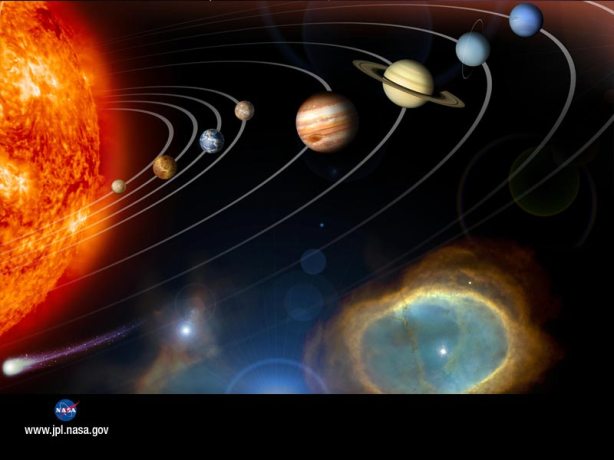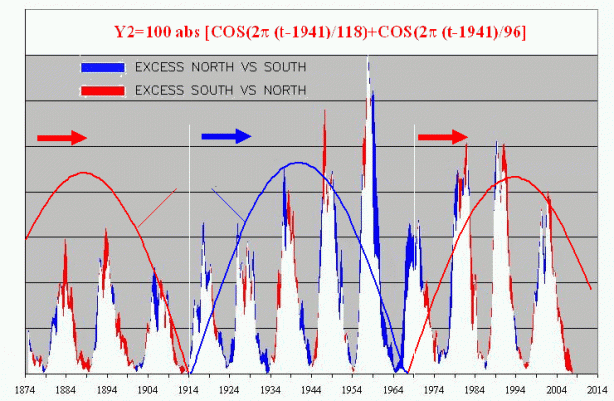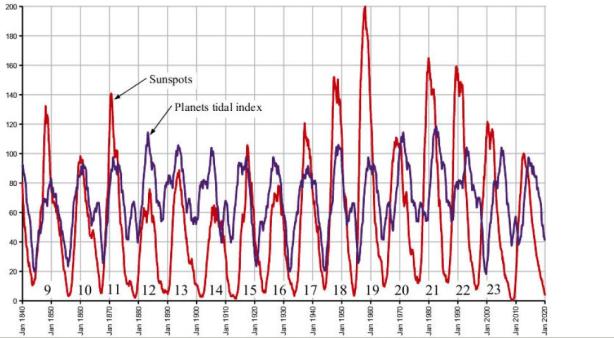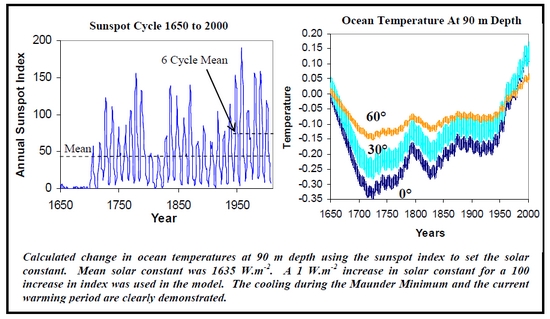I have been waiting for someone to properly critique Ferenc Miskolczi’s papers on the greenhouse effect. Who better than Dr Roy Spencer? I hope Ferenc Miskolczi will respond.
Executive Summary
Using both radiative transfer theory and radiosonde (weather balloon) observations to support his views, Miskolczi (2010) builds a case that the Earth’s total greenhouse effect remains constant over time.
While this might well be true, I do not believe he has demonstrated from theory why this should be the case.
His computation of a relatively constant greenhouse effect with 60 years of radiosonde observations is tantalizing, but depends upon the reality of high humidities measured by these sensors before the mid-1960s, data which are widely considered to be suspect. Even with today’s radiosonde humidity sensors, the humidity accuracy is not very high.
On the theory side, much of what he claims depends upon the validity of his statement,
“for..two regions (or bodies) A and B, the rate of flow of radiation emitted by A and absorbed by B is equal to the rate of flow the other way, regardless of other forms of (energy) transport that may be occurring.”
If this statement was true, then IR radiative transfers cannot change the temperature of anything, and Earth’s natural greenhouse effect cannot exist. Yet, elsewhere he implies that the greenhouse effect IS important to temperature by claiming that the greenhouse effect stays constant with time. The reader is left confused.
His italicized statement, above, is an extreme generalization of Kirchoffs Law of Radiation, where he has allowed the 2 bodies to have different temperatures, and also allow any amount of extra energy of any type to enter or leave the 2-body system. No matter what else is going on, Miskolczi claims there is no net radiative energy exchanges between two objects, because those 2 flows in opposite directions are always equal.
This appears to fly in the face of people’s real world experiences.
Nevertheless, Miskolczi’s (and previous investigators’) calculations of a NEAR-equality of these IR flows are quite correct, and are indeed consistent with current greenhouse theory. Others trying to understand this issue need to understand that greenhouse theory already “knows” these flows are almost equal. If the imbalance between them was not small, then the temperature changes we see in nature would be much larger than what we do see.
But it is their small departure from equality that makes all the difference.
Read the rest of Roy’s article here

























